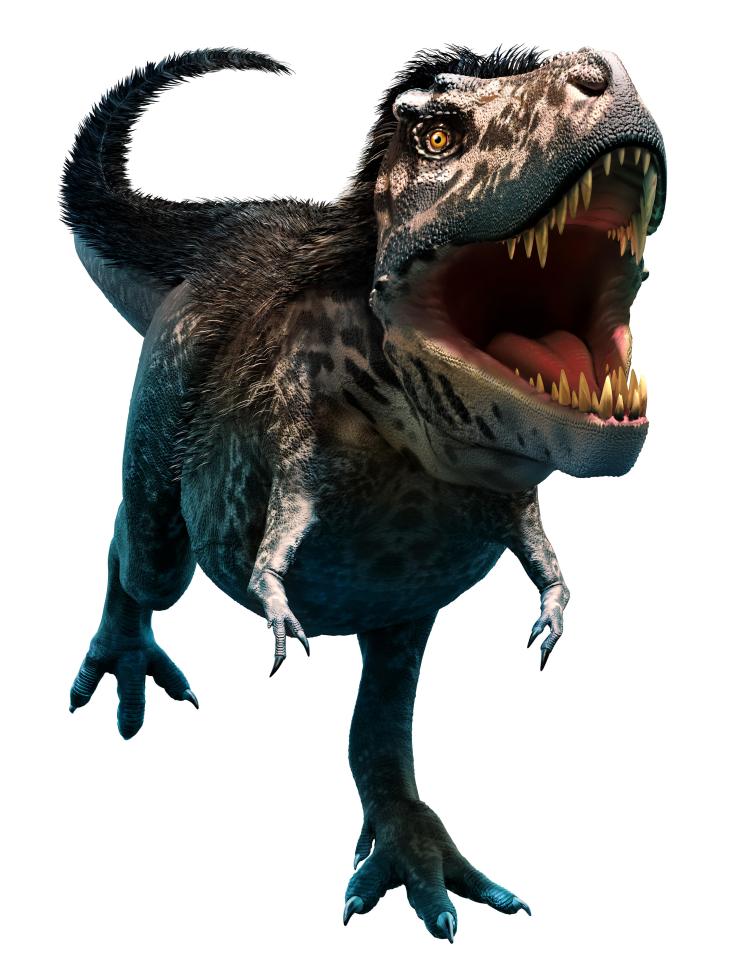New species of dinosaur related to fearsome Tyrannosaurus Rex discovered on the Isle of Wight

A NEW species of dinosaur related to the fearsome Tyrannosaurus Rex has been discovered — on the Isle of Wight.
The beast roamed the region 115million years ago and was four metres long.
Four bones were discovered last year by dinosaur hunters at the seaside resort of Shanklin — after they were told not to bother as there would be nothing to find there.
Three separate groups handed in their fossilised hauls to the local dino museum, which believes they all came from the same beast.
James Lockyer, from Spalding, Lincs, said the fossils “looked different” from others he had found in the past.
He added: “I was searching a spot at Shanklin and had been told and read I wouldn’t find much there.
“However, I always make sure I search the areas others do not.”
Robin Ward, of Stratford-upon-Avon, was with his family when he made the “absolutely fantastic” find.
He said: “I thought they were special and took them to Dinosaur Isle museum. They immediately knew these were something rare and asked if we could donate them to be researched.”
The dinosaur was identified as a new species of theropod, a group that includes the T-rex.
It was named Vectaerovenator inopinatus, a reference to large air spaces found in some of the bones.
Chris Barker, a PhD student at Southampton University who led the research, said: “We were struck by just how hollow this animal was.
“Parts of its skeleton must have been rather delicate.”
Most read in Science
It is believed the creature lived just north of where it was found, with the carcass washed into the shallow sea.
Mr Barker said little was known about European theropods of that era.
He added: “It’s really exciting to increase our understanding of the diversity of dinosaur species.”
GOT a story? RING The Sun on 0207 782 4104 or WHATSAPP on 07423720250 or EMAIL [email protected]











